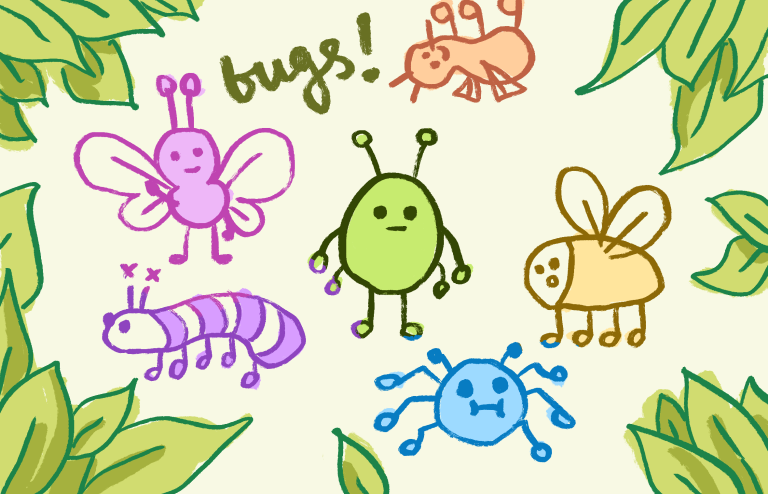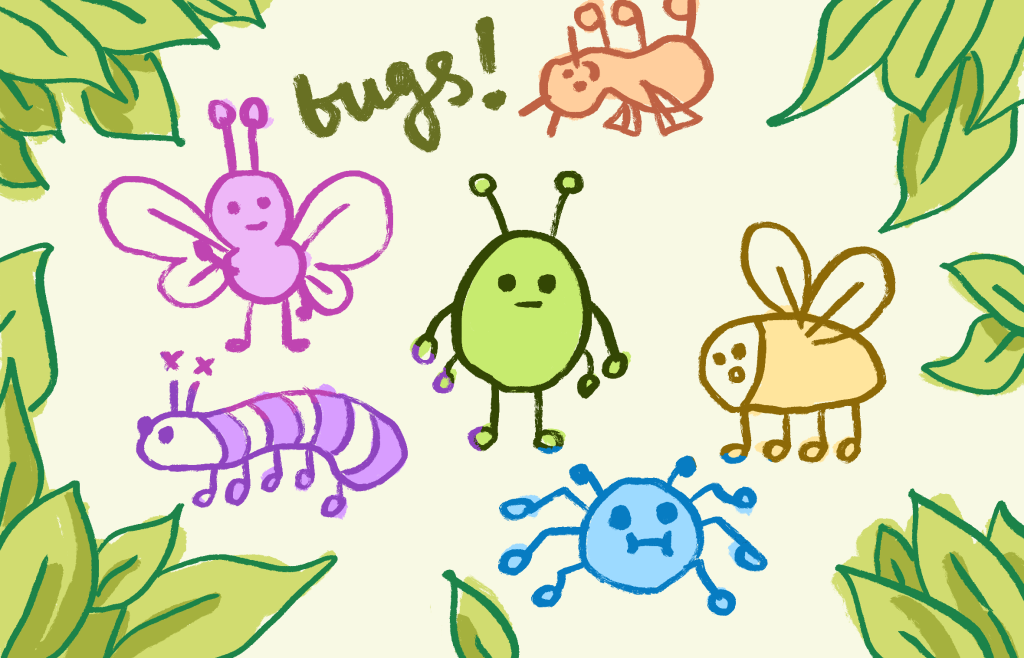
Jasper Kerr
Staff Writer
Isla Vista’s newfound influx of insects has quickly become a new staple of our local small talk and it’s hard not to notice that there are more of them around. For instance, I practically ate one while biking home to write this article and, after having sat down at my desk, found one ambling around the keys of my laptop. Normally I’d be disgusted, however, being able to observe one up close, I was able to identify it: a fungus gnat from the insect family Sciaridae. With a little more online digging, I was even able to narrow it down specifically to the Bradysia macroptera species. When learning how to deal with our neighbors during spring, a little more research into fungus gnat etymology may be just what we need.

As their common name suggests, fungus gnats are attracted to and feed off fungus and mold. As such, their breeding ground tends to be warm, moist places. Given that this winter Santa Barbara County experienced rainfall to the tune of 211 percent of the typical average, and higher moisture rates lead to more mold growth, it’s not a shock that this species has been able to multiply and invade Isla Vista (I.V.) at what feels like a much higher rate than usual. So, they’re here….now what?
While outside, all you can really do is try your best to avoid them. Use bug spray, wear hats, sunglasses, and maybe even masks. This is because gnats are attracted to saline liquid, so they will, unfortunately, target your eyes and face. Also refrain from using strong, sweet, fruity fragrances. Fungus gnats are naturally repelled by vanilla, citronella, and lemon.
If they’ve gotten into your house or apartment, you can try contacting your landlord to do something about the mold prevalent in (I.V.) housing. However, a quicker (and more realistic) solution would be to make sure you are cleaning surfaces, drains, and dishes often, and not letting trash build up. You should also make sure not to allow any moisture to pool in one place for too long.
Additionally, keeping residences cool and well-ventilated is important in discouraging further mold growth. Consider using fans and air purifiers, and keeping windows open when possible — with screens of course!
Performing routine checks on all areas of your residence is important, especially those that tend to receive less airflow and tend to be more humid. If you see an increase in bugs in your home, it likely means there has been an increase in mold — so find the source and remove it! To get rid of the gnats already in your house or apartment, bug traps are the way to go. Bug traps can be made by spreading honey on pieces of paper or filling open containers with apple cider vinegar and dish soap.
The intense rainfall this winter has had positive effects, such as the super blooms and increased plant growth all over the area. However, it looks like the other side of the coin may be the rest of the life supported by all this moisture, such as the likely exponentially increased levels of mold and the subsequent fungus gnat boom. It will be interesting to see what the ecological effects of this are — and if our current Exodus-esque fungus gnat situation is extraneous, or simply the beginning.










